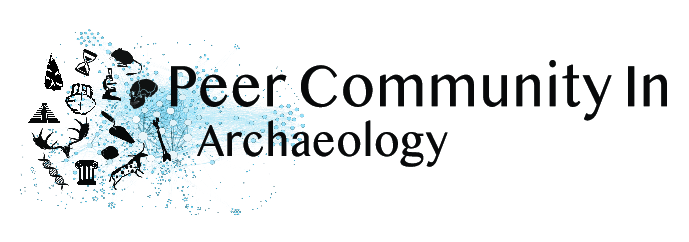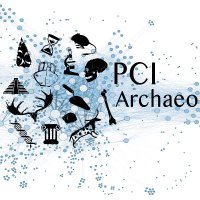Convolutional Neural Networks and Outline Analyses for Archaeobotanical Studies of Domestication and Subspecific Identification
This article has been Reviewed by the following groups
Discuss this preprint
Start a discussion What are Sciety discussions?Listed in
- Evaluated articles (Peer Community in Archaeology)
Abstract
The identification of archaeological fruits and seeds is crucial for understanding the relationships between humans and plants within the cultural and biological history of both wild and cultivated species. We compared the relative performance of a deep learning approach, namely convolutional neural networks (CNN), and outline analyses via geometric morphometrics using elliptical Fourier transforms (EFT) at identifying pairs of plant taxa. We used their seeds and fruit stones that are the most abundant organs in archaeobotanical assemblages, and whose morphological identification, chiefly between wild and domesticated types, allows to document their domestication and biogeographical history. We used existing modern datasets of four plant taxa (barley, olive, date palm and grapevine) corresponding to photographs of two orthogonal views of their seeds that were analysed separately to offer a larger spectrum of shape diversity. Sample sizes ranged from 473 to 1,769 seeds per class, which constitute a relatively small dataset for training CNNs models yet typical within archaeobotanical research. On these eight datasets, we compared the performance of CNN and EFT coupled with linear discriminant analyses. Our objectives were twofold: i) to test whether CNN can beat geometric morphometrics in taxonomic identification and if so, ii) to test which minimal sample size is required. We ran simulations on the full datasets and also on subsets, starting from 50 images in each binary class. For the CNN network, we deliberately used a candid approach relying on pre-parameterised VGG19 network. For EFT, we used a state-of-the art morphometrical pipeline. The main difference rests in the data used by each model: our CNN used bare photographs where EFT used outline coordinates. This "pre-distilled" geometrical description of seed outlines is often the most time-consuming part of morphometric studies. Results show that our CNN beats EFT in most cases, even for very small datasets. We finally discuss the potential of CNNs for archaeobotany, and how bioarchaeological studies could embrace both approaches, used in a complementary way, to better assess and understand the past history of species.


